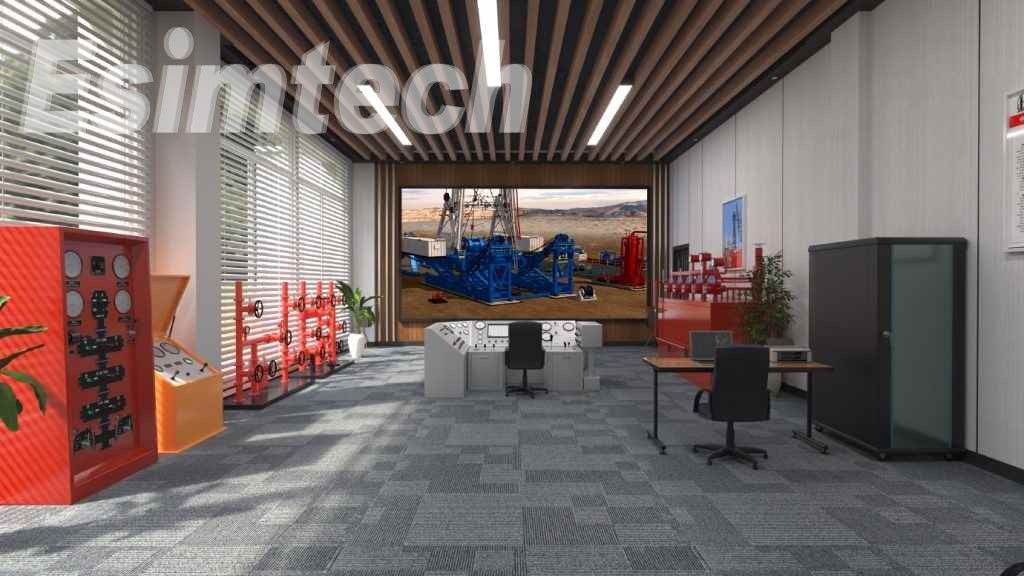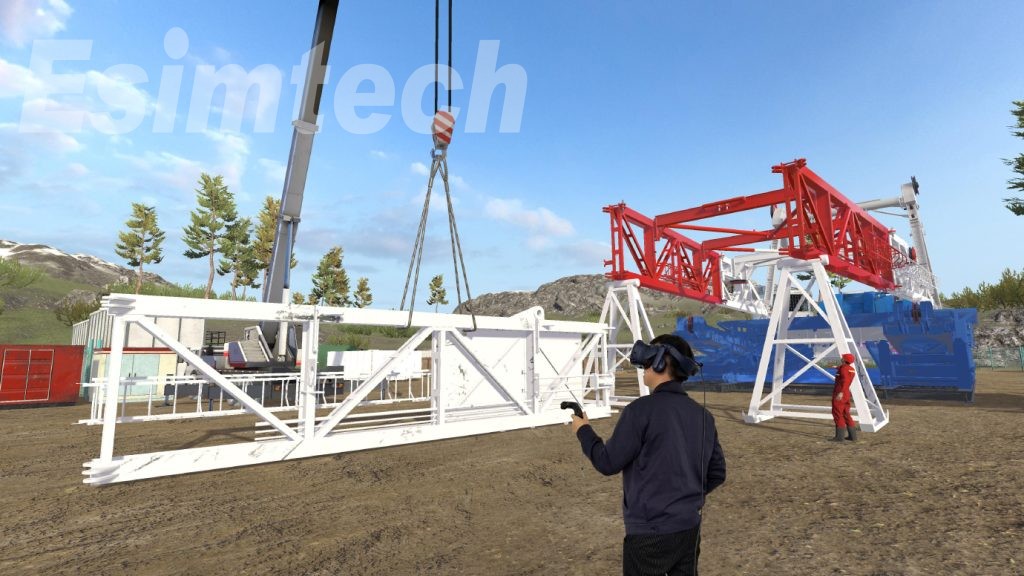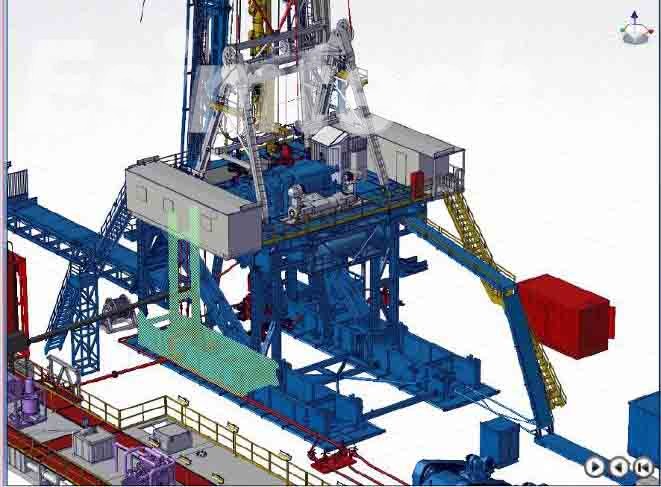Land Rig Installation Simulator: A Safe, Realistic And Immersive Training Tool
Land rigs, which are intricate and complicated pieces of equipment, are frequently needed for the production of oil and gas from onshore fields. Installing and establishing land rigs entails complex operations and calls for a high degree of dexterity and knowledge. A secure and engaging learning environment is offered by the land rig installation simulator, a powerful training tool that is revolutionizing how workers are trained in land rig installation operations. We will concentrate on the introductions of the land rig installation simulators in this article.

Why the Land Rig Installation Simulators are Essential
In the past, manual labor, on-the-job training, and practical experience were major factors in land rig installation. The drawbacks of this strategy were a high learning curve for new employees, elevated safety risks during training, and the possibility of installation delays or mistakes. The land rig installation simulator comes into play in this situation by offering a virtual setting that mimics the actual installation operations, allowing for training, optimization, and risk reduction.

How the Land Rig Installation Simulator Works
A computer-based training and simulation program called the land rig installation simulator simulates the many parts and steps of installing a land rig. A very realistic and immersive experience is delivered through the use of sophisticated 3D modeling, physics-based algorithms, and real-time simulations. The simulator takes into account factors such as equipment specifications, environmental conditions, and operational constraints to create a virtual replica of the installation process.

What are the Advantages of Using the Land Rig Installation Simulator
Enhancing Safety and Efficiency
Enhancing safety and effectiveness during land rig setup and installation is the main goal of the land rig installation simulator. On-site training is a common component of traditional training methods, which can be dangerous for both workers and equipment. By using a simulator, students can rehearse a variety of scenarios in a safe setting, lowering the risk of accidents and cutting down on downtime.
Realistic Simulation Environment
The simulator simulates the complicated and difficult circumstances present during land rig installation. Trainees can maneuver through each phase with surprising accuracy, from the initial site preparation to building the mast, running the drill pipe, and assembling the substructure. The simulated setting closely resembles the numerous weather patterns, topographic features, and operational difficulties that workers would experience in the field.
Comprehensive Training Modules
A wide variety of training courses covering every facet of land rig installation are available through the land rig installation simulator. Trainees can become familiar with the tools, learn the right safety procedures, practice fixing frequent problems, and gain the expertise required for successful rig installation. Through the use of the simulator, students can obtain practical experience without running the danger of injury, ensuring they are well-equipped to tackle obstacles in the real world.
Real-Time Feedback and Assessment
The simulator’s ability to provide real-time feedback and evaluation is a key component. The prompt assistance and performance reviews given to trainees help them recognize their weak points and hone their methods. This feedback-driven methodology fosters a culture of continuous learning and enables people to monitor their development and pursue excellence in rig installation techniques.
Cost-Effective Training Solution
Implementing the land rig installation simulator as a training tool presents much cost-saving advantages. The simulator eliminates the need for expensive on-site training exercises, which often require specialized equipment, travel expenses, and significant downtime. By providing a realistic and immersive experience, the simulator reduces the time required for trainees to become proficient, thereby optimizing resource allocation and increasing operational efficiency.

Reducing Environmental Impact
Many financial benefits come from using the land rig installation Simulator as a training tool. The simulator replaces the requirement for costly on-site training activities that frequently call for specialized equipment, travel costs, and protracted downtime. The simulator shortens the time it takes for trainees to master the material by offering a realistic and immersive experience, which optimizes resource allocation and boosts operational effectiveness.
Industry-wide Adoption and Future Development
The land rig installation simulator helps to lessen the environmental effect of training operations in addition to financial and safety advantages. The employment of conventional training techniques may result in high fuel consumption, greenhouse gas emissions, and the possibility of contaminated land and water. With the simulator, students can receive in-depth instruction without the accompanying environmental costs, fostering sustainability within the industry
Summary
A great improvement has been made in land rig installation training with the development of the land rig installation simulator. This oil and gas training system enables people to gain necessary skills without the risks associated with on-site training by offering a safe, realistic, and immersive learning environment.

